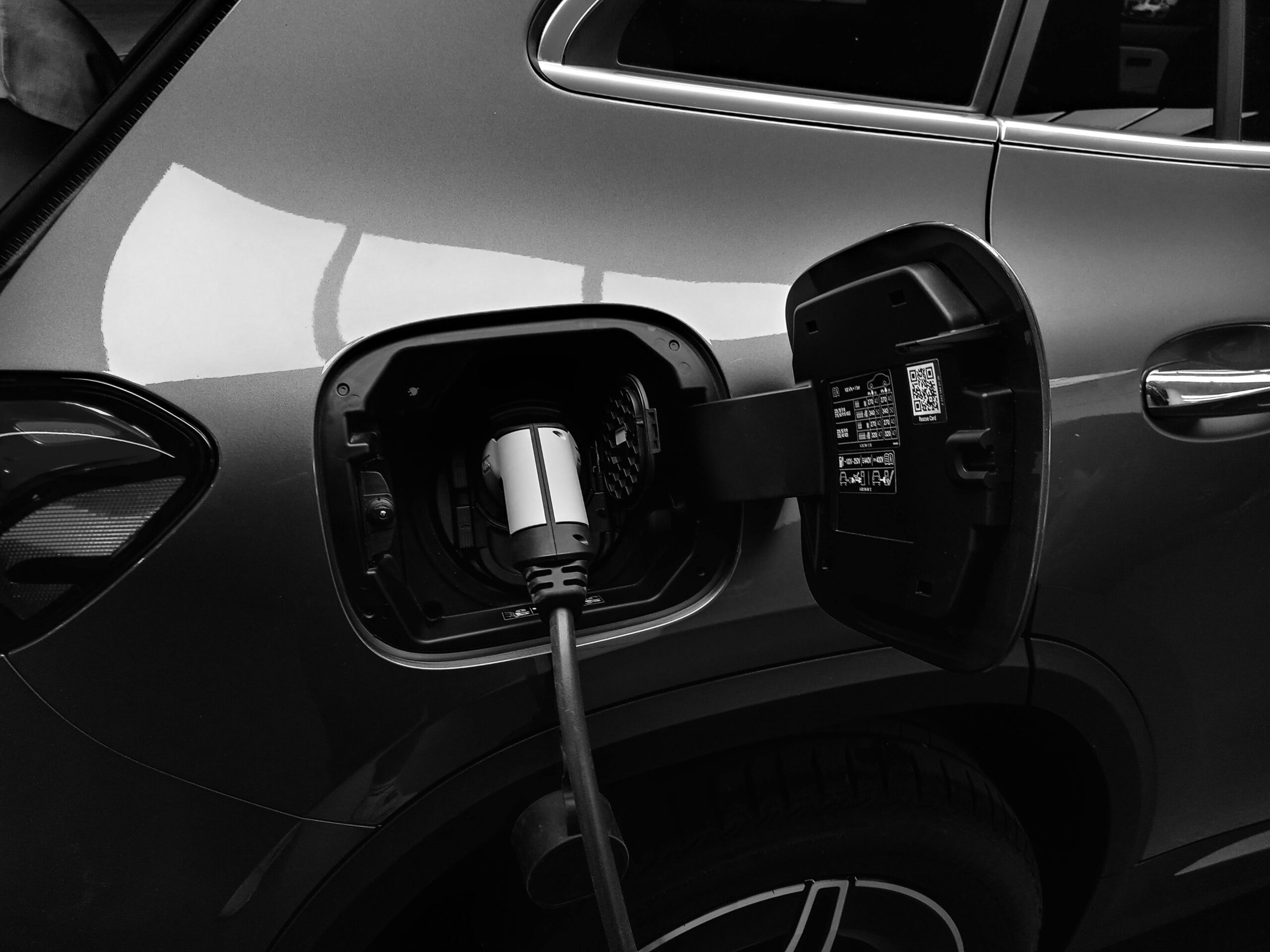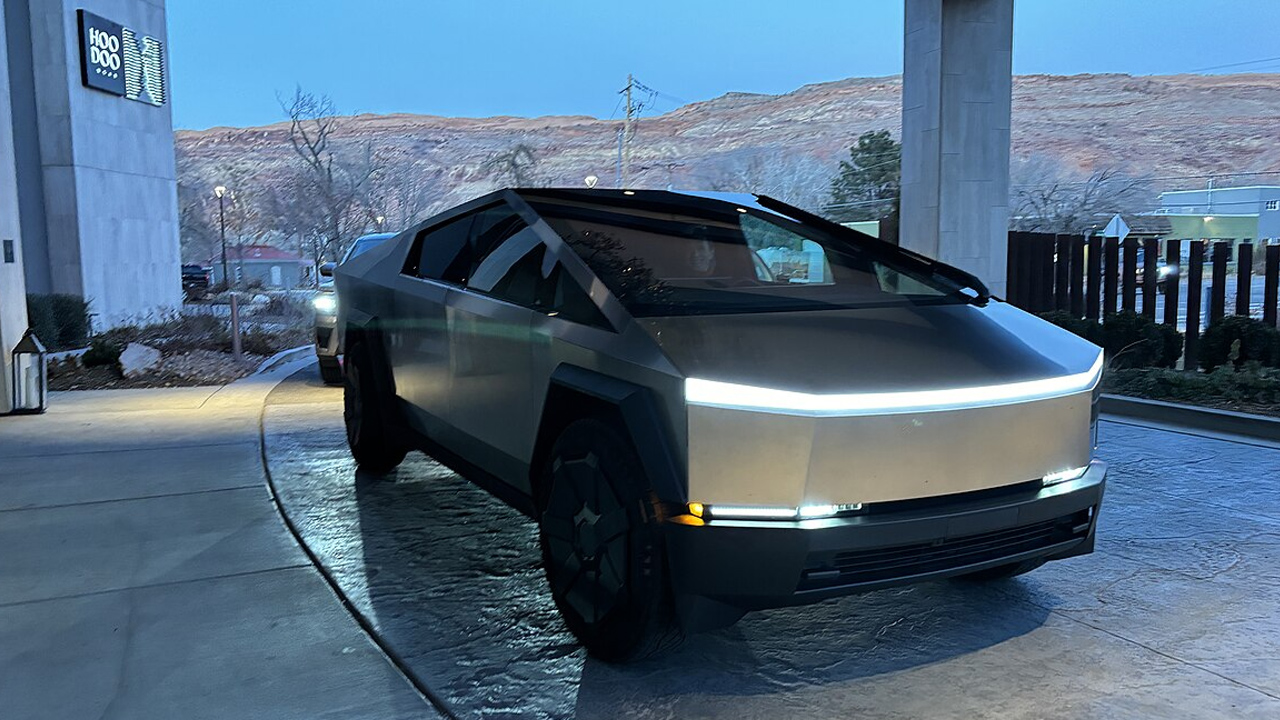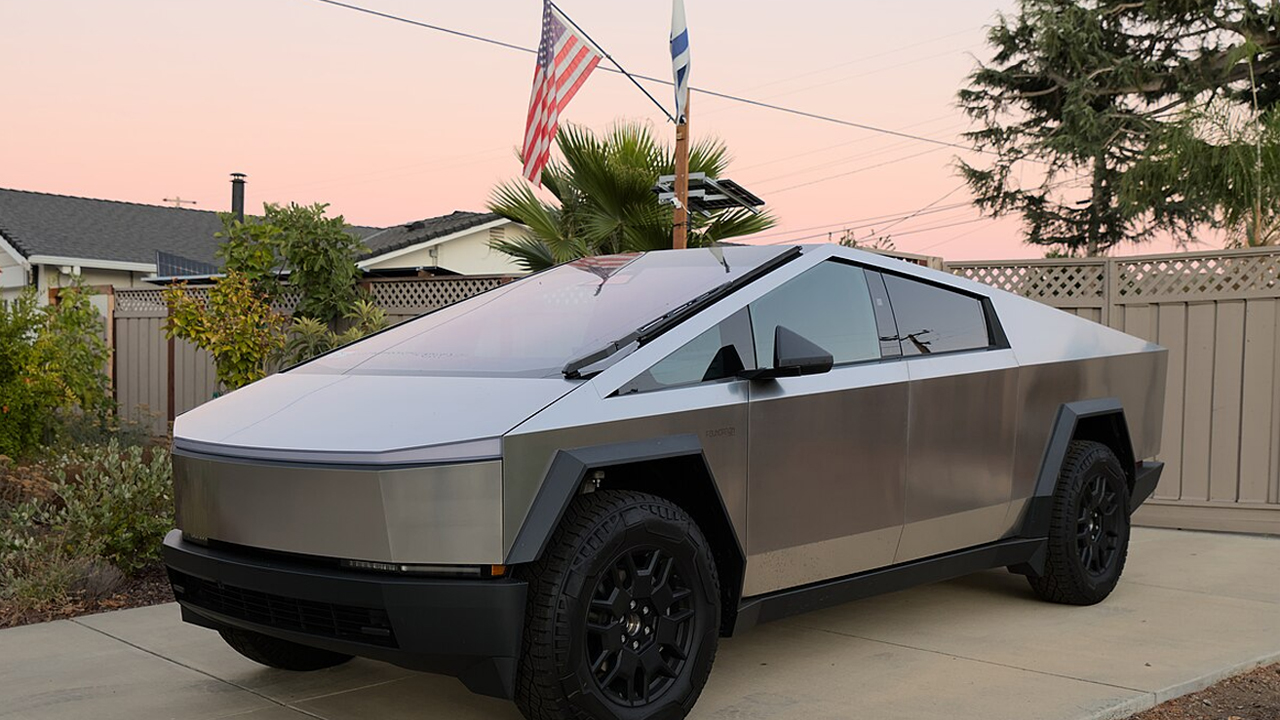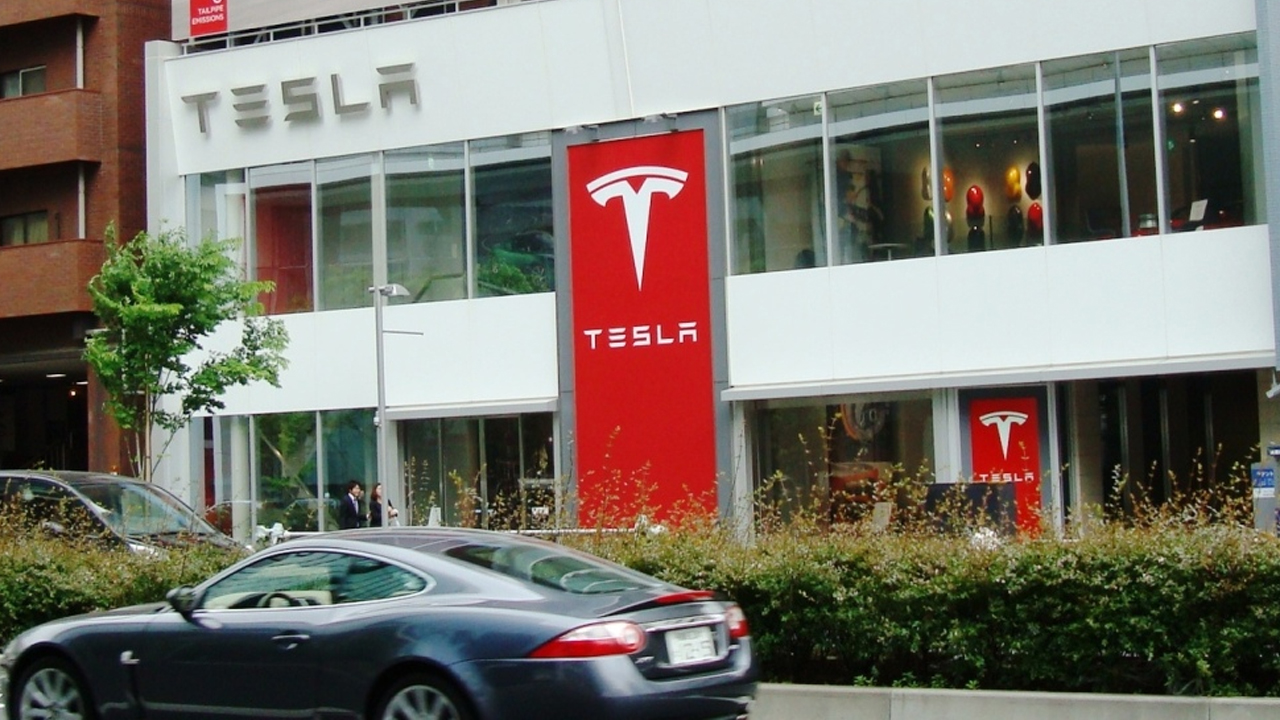When Tesla first announced the Cybertruck, it felt like a turning point. A sharp departure from traditional pickup designs, wrapped in stainless steel and hyped as nearly bulletproof. Pre-orders soared. People lined up online just to reserve one. But now, just a short time after its launch, interest is fading—and fast. The truck that was supposed to take over the roads is losing momentum. Here’s a breakdown of why that excitement fizzled out.
Sales Momentum Has Slowed

In 2024, the Cybertruck made a splash with about 39,000 units sold, grabbing the top spot for electric pickups in the U.S. It looked like Tesla had another hit on its hands. But just a few months later, interest cooled off fast. First quarter 2025 sales barely cracked 6,400 units—a major drop despite Tesla rolling out discounts and incentives to keep things moving (Source: InsideEVs).
The Cybertruck isn’t completely off the map, but it’s no longer the breakout success people expected. A few viral moments and early hype weren’t enough to build long-term momentum, especially with more competition in the EV truck space.
Quality Concerns Are Mounting
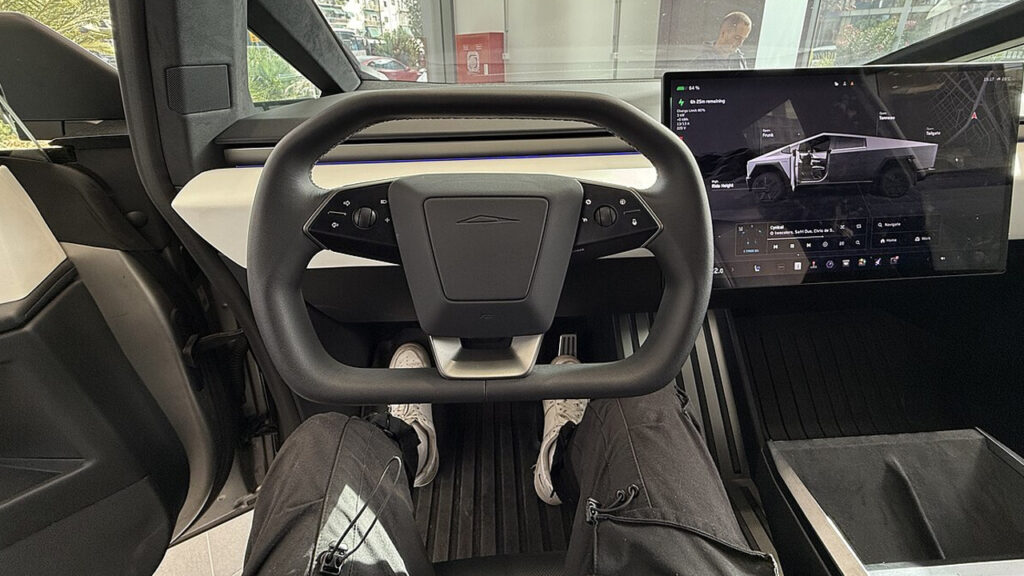
Tesla’s quality control issues aren’t new, but they’ve hit the Cybertruck particularly hard. A major recall affected over 46,000 Cybertrucks because of an accelerator pedal that could get stuck—an obvious safety issue (Source: MotorTrend). Other complaints range from misaligned panels to glitchy software, which can be frustrating in a vehicle this expensive.
Even die-hard Tesla fans have been vocal about their disappointment. When enough owners start voicing regret, it’s a sign that quality isn’t just a minor hiccup—it’s part of the brand’s current reputation.
Pricing and Value Perception
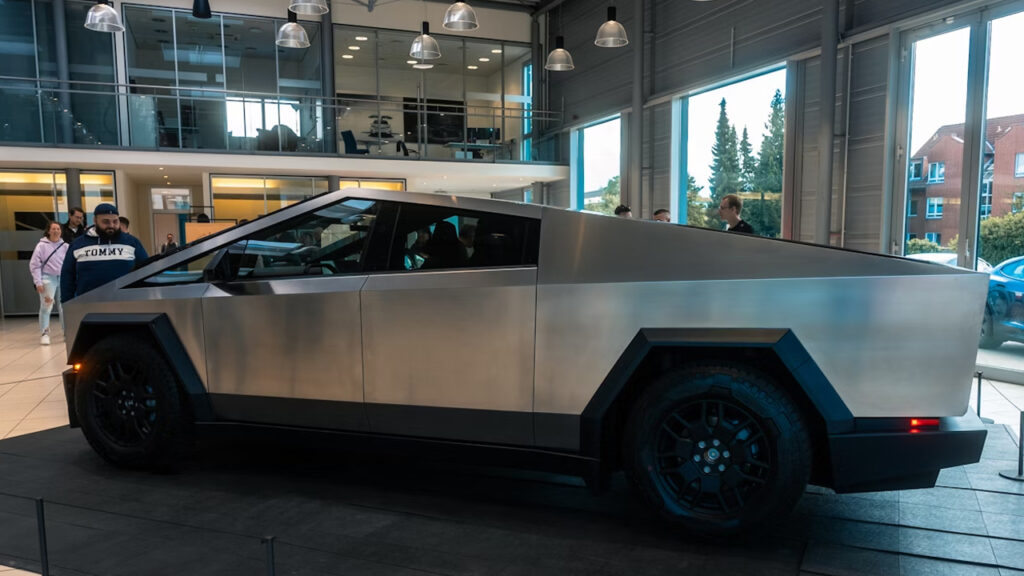
The Cybertruck was supposed to be a futuristic truck for the masses. Instead, it launched with models topping $100,000. A cheaper version eventually showed up for around $80,000, but by then, the damage was done—people felt misled (Source: Business Insider).
That kind of pricing shift makes it hard to trust the value. Add in growing options from competitors, and it’s easy to see why buyers are hesitant. The Cybertruck started as a statement, but when the numbers don’t add up, people look elsewhere.
Design and Practicality

It’s impossible to ignore the Cybertruck’s design—literally. It looks like it rolled out of a video game, and while that worked for shock value, the day-to-day usability hasn’t lived up to expectations. Owners have pointed out problems with visibility, awkward dimensions, and parking challenges in real-world settings (Source: Car and Driver).
For some, the unique look is a bonus. But for most truck buyers, function beats form. When a vehicle doesn’t easily fit into daily life, it becomes harder to justify—especially at a premium price point.
Brand Perception and Leadership
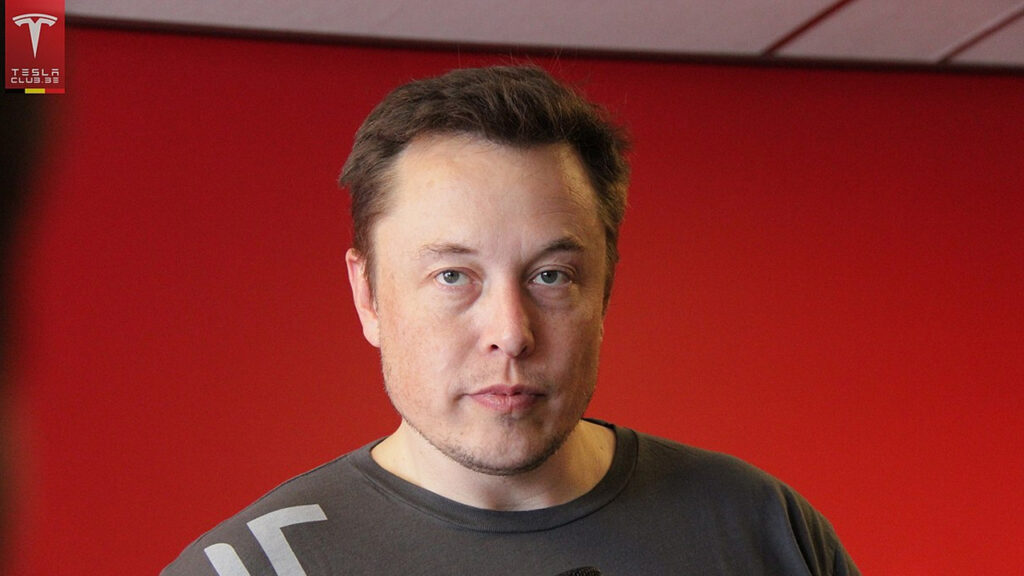
Tesla’s image has always been tied closely to Elon Musk, and that’s starting to work against the brand. His controversial posts, political takes, and public persona have turned some people off completely. A number of buyers have even gone so far as to resell or cancel Cybertruck orders because they’re tired of the drama (Source: Business Insider).
It’s not just about cars anymore—it’s about what owning a Tesla says about you. And right now, for a chunk of the market, that message isn’t what it used to be.
Where the Cybertruck Went Off Course
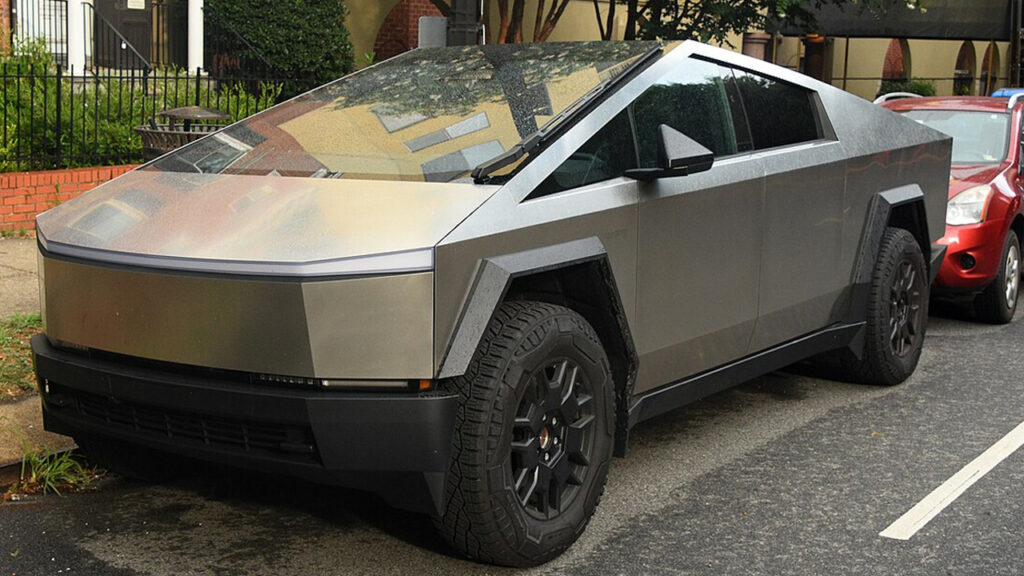
The Cybertruck was supposed to change the game. It had the hype, the headlines, and a massive waitlist. But a mix of quality problems, price confusion, real-world impracticality, and shifting brand sentiment has knocked it off course.
Tesla could still turn things around, but it’ll take more than buzz to get this truck back in the driver’s seat. Buyers want more than a spectacle—they want something they can trust.
